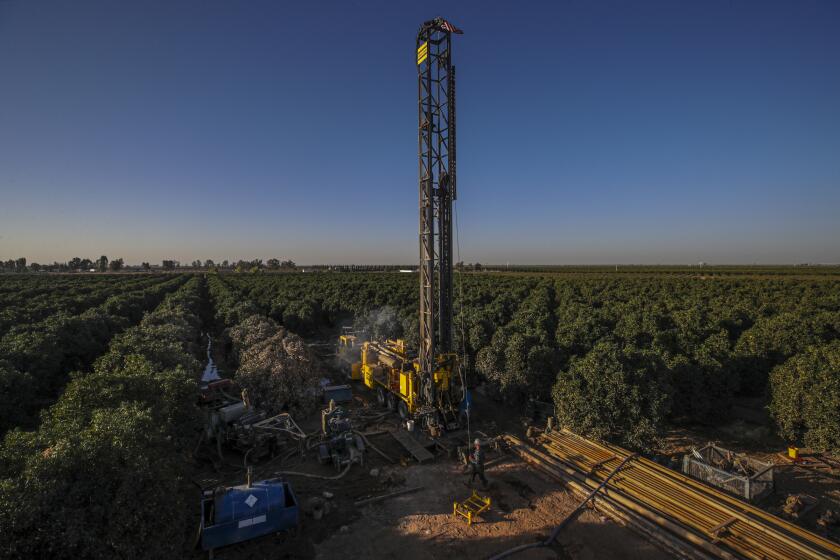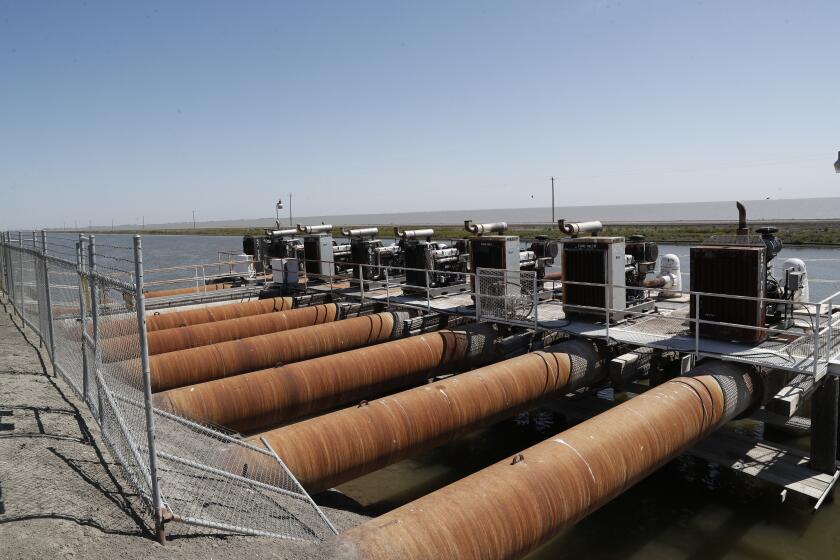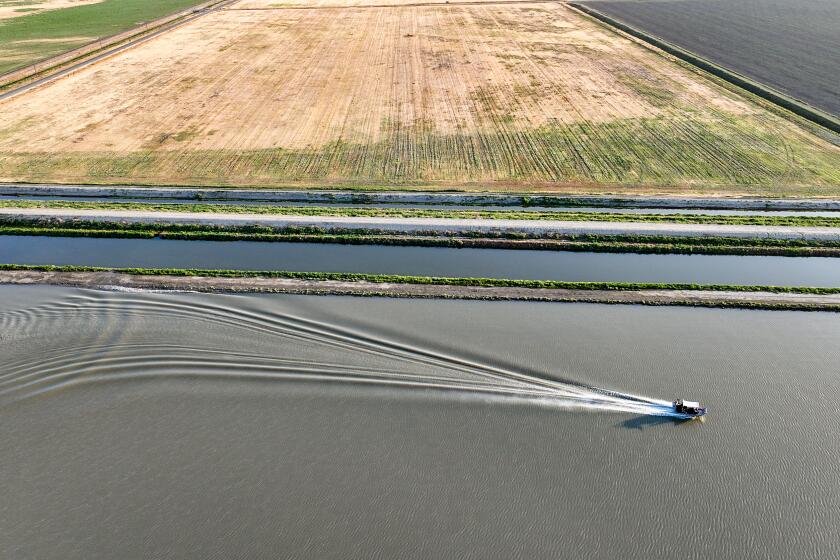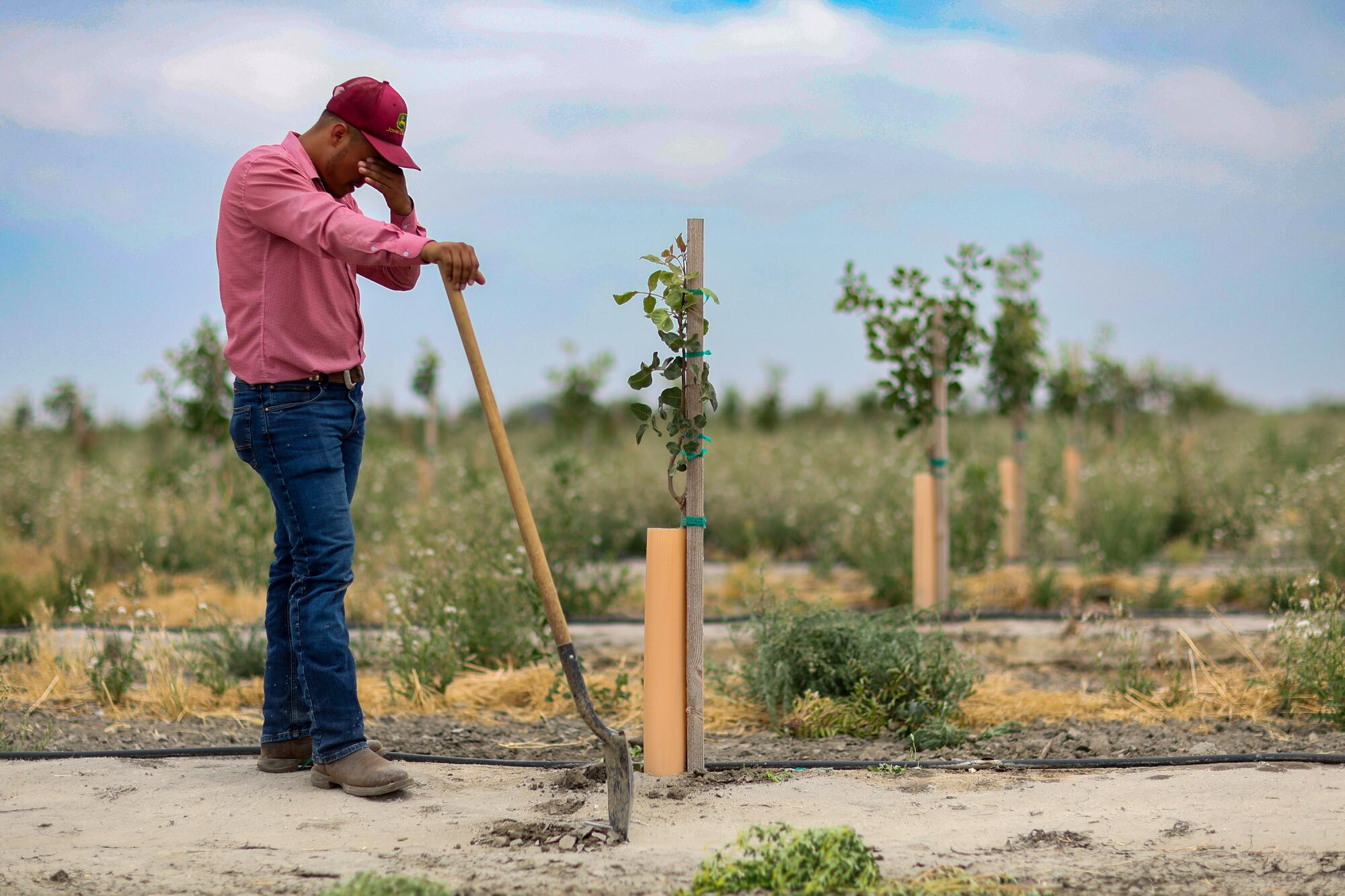
- Share via
With long-term declines in groundwater levels putting thousands of domestic wells at risk and causing the ground to sink in parts of the San Joaquin Valley, state regulators are moving forward with efforts to force local agencies to take stronger steps to begin to rein in chronic overpumping by California’s agriculture industry.
But these efforts have recently run into complications as growers in one area, the Tulare Lake subbasin, are suing to challenge state officials’ decision to intervene by placing the area on probationary status — a step that’s called for under California’s groundwater law when local water managers fail to come up with adequate plans to curb declines in water levels.
The State Water Resources Control Board’s attempt to intervene was slowed this month when a judge in Kings County issued an order temporarily putting on hold the state’s determination and delaying a requirement that farmers begin measuring and reporting how much groundwater they pump.
“We’re fighting for everybody in Kings County, and we’re fighting for everybody in the state of California,” said Dusty Ference, executive director of the Kings County Farm Bureau, which sued the state in May over the board’s decision.
Ference said his group aims to overturn the state’s decision and reject measures that farmers view as unreasonable, damaging to the local economy and “overreaching” beyond the requirements of the state’s Sustainable Groundwater Management Act, or SGMA.
“We think that it will set precedent,” Ference said. “We hope that the state more carefully considers whether or not to place a subbasin on probation, and understands that their decisions have real consequences up and down the state.”
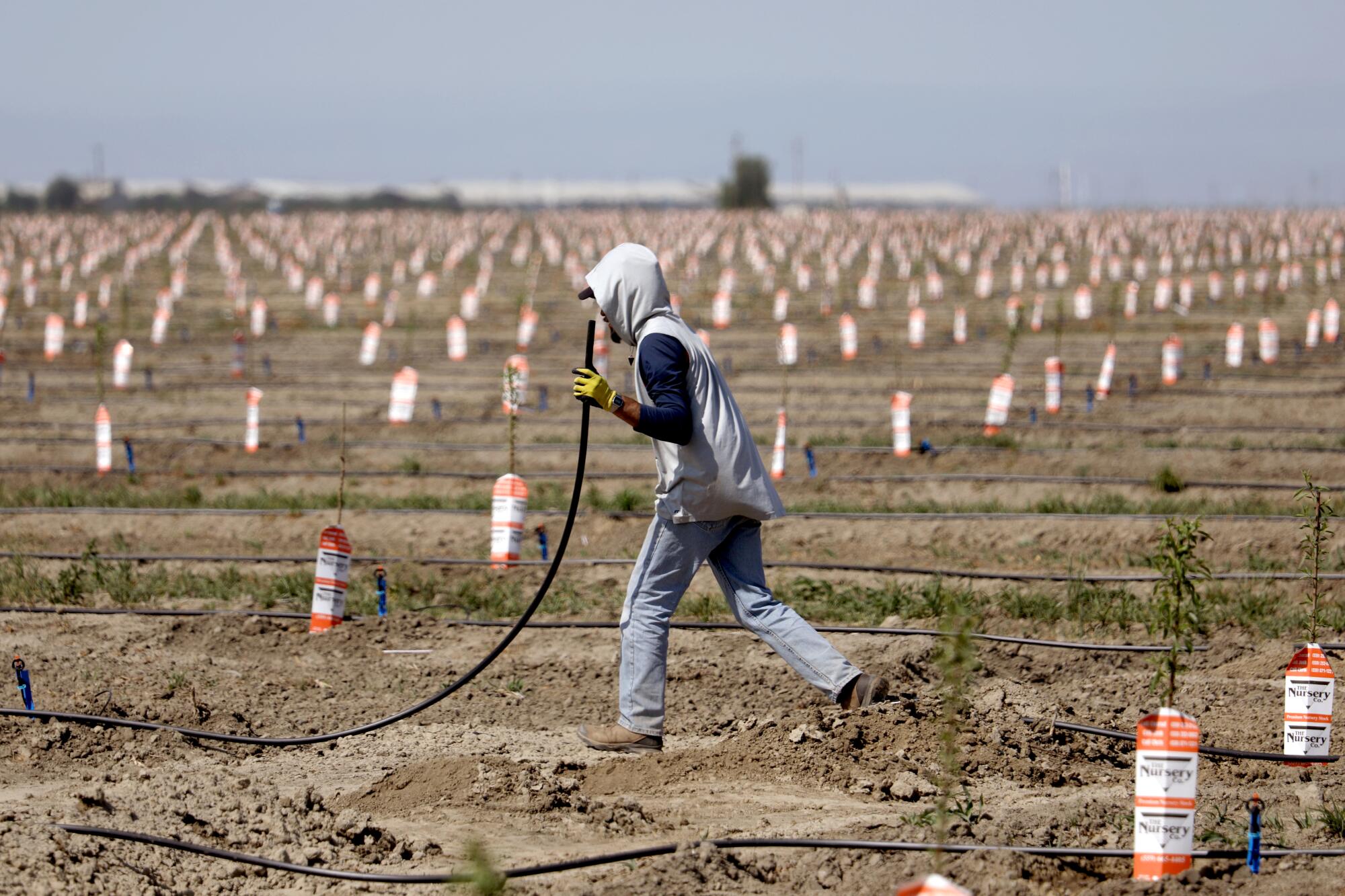
The extent to which the case might hinder state-led efforts to manage groundwater will depend on upcoming court hearings.
In the meantime, state officials took a step toward intervening in another part of the San Joaquin Valley, announcing Thursday that they are recommending the state water board also place the Kern County subbasin on probation. They said the area’s local plans don’t adequately address chronic lowering of groundwater levels, sinking land or impacts to water quality, and that a lack of coordination among 20 local agencies has also been problematic.
The state water board plans to decide whether to intervene in Kern County at a Feb. 20 meeting, after considering whether to take similar measures in two other areas of the San Joaquin Valley, the Kaweah and Tule subbasins. They are among six areas where the state has declared local groundwater plans inadequate.
“All of these basins face urgent and irreversible harms occurring due to groundwater overdraft,” said Natalie Stork, assistant director of the board’s Office of Sustainable Groundwater Management.
A state analysis found that about 230 domestic wells could go dry during a drought, based on water level trends in the Kern subbasin, she said. The analysis also found that plans presented by local agencies could allow for water levels to decline so dramatically that more than 400 wells would go dry.
Land subsidence caused by groundwater depletion is also a major concern, with the ground having sunk as much as 2.4 feet in some areas since 2015, Stork said. Where the ground is sinking at such rates, it can damage canals, roads, levees and other infrastructure.
As water levels drop, harmful contaminants such as arsenic and nitrate can also become more concentrated in water pumped from wells, posing health hazards.
After state regulators determined in 2022 that the Kern groundwater plans were inadequate, the 14 so-called groundwater sustainability agencies in the area began splitting and forming new local agencies, Stork said. There are now 20 different groundwater agencies in the area, and they recently submitted seven separate revised plans.
“I think that is a reflection of the management challenges in this subbasin,” Stork said.
She said some local agencies have also recently split in the Tulare Lake and Tule regions over the last few months, “which is concerning since this will make coordination more challenging.”
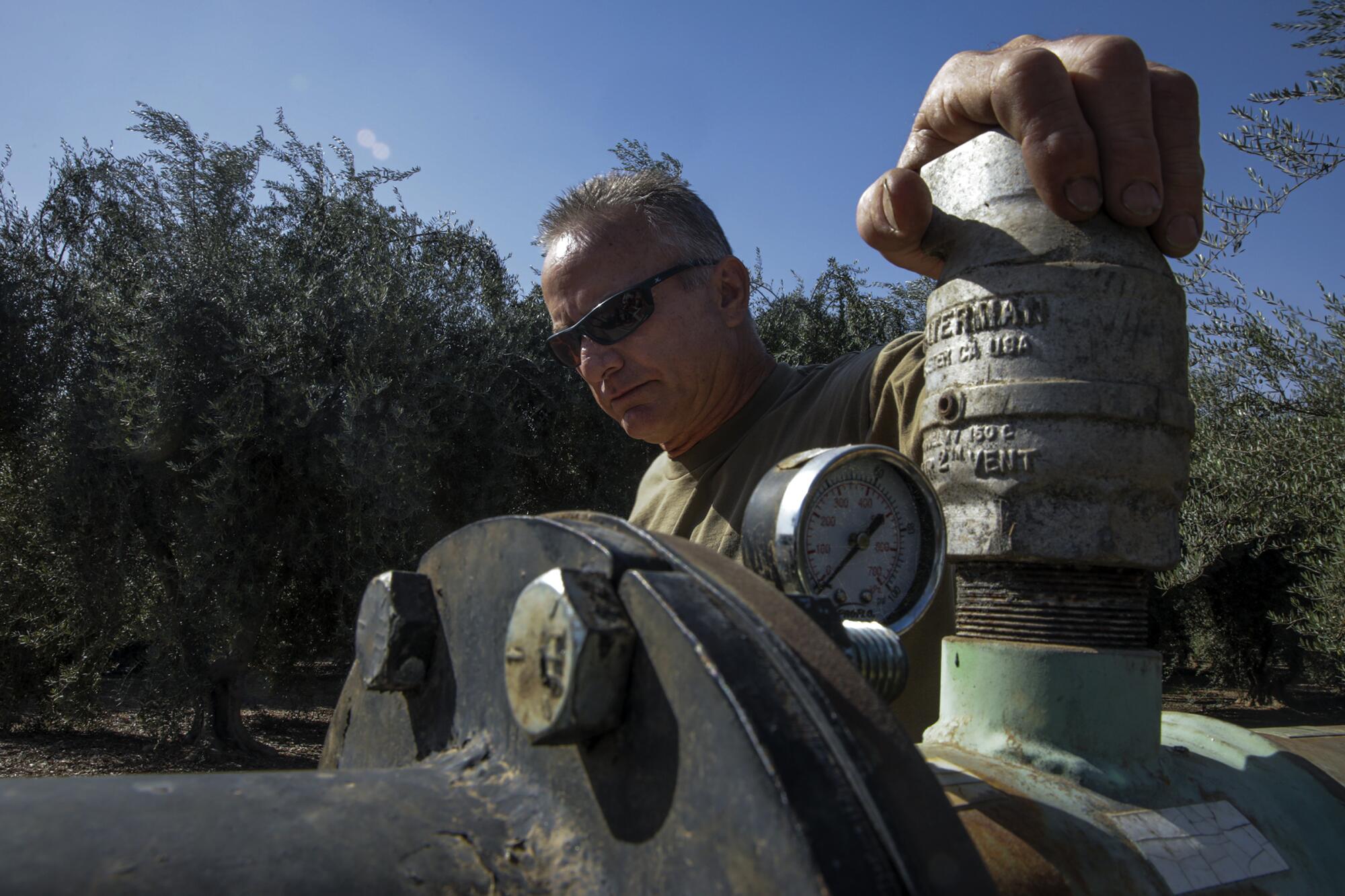
Stork noted, however, that while having a large number of separate agencies and plans may complicate coordination, it’s allowed under the state’s 2014 groundwater law.
“Coordination is critical to sustainable groundwater management,” she said. “Otherwise actions or decisions in one area could adversely impact another.”
In another region, the Delta-Mendota subbasin, 23 separate local agencies recently got together and submitted a single plan covering the entire area, which Stork said is expected to improve coordination.
Groundwater depletion is worsening in many of the world’s farming regions. But a global study also found that some efforts are helping to boost aquifers.
The state groundwater law, which was signed nearly 10 years ago, requires local agencies in many areas to develop groundwater plans and curb overpumping by 2040.
In parts of the Central Valley, state officials have repeatedly disagreed with local water officials about the pace at which pumping reductions should occur and the adequacy of measures to protect drinking water supplies and combat land subsidence.
As the law’s limits on pumping gradually take effect in the coming years, the restrictions are expected to require taking some farmland out of production in the Central Valley, requiring major changes in a farming region that produces vast quantities of nuts, fruits and other crops, as well as cattle and dairy products.

When Stork was asked during a conference call with reporters about how the Kings County court case could affect state efforts elsewhere, she said: “It only applies to the Tulare Lake subbasin, so it doesn’t impact our work in other basins.”
Edward Ortiz, a spokesperson for the state water board, said the agency’s officials disagree with the court’s temporary order suspending the requirement for well owners to report how much water they are pumping. He said this requirement is an important part of the probationary process and “protects groundwater resources for the benefit of all Californians.”
The lawsuit over the decision to place the Tulare Lake region on probation was widely expected after the board’s vote following a contentious debate in April. Farmers and representatives of local groundwater agencies had urged the state water board to postpone the intervention and give them more time to improve their plans. But the five-member board found local plans didn’t include adequate measures to address declines in water levels or the problem of sinking ground, which has repeatedly damaged levees.
The farm barons of Tulare Lake Basin want to continue pumping groundwater at volumes collapsing the San Joaquin Valley. That puts the region at greater risk of damaging floods — and in greater need of taxpayer bailouts.
Last year, the long-dry Tulare Lake, which was drained generations ago to serve agriculture, reappeared on thousands of acres of farmland. The lake then receded, and growers have continued relying on groundwater.
The area’s large landowners, among them J.G. Boswell Co., pump groundwater to irrigate tomatoes, cotton, pistachios and other crops.
Ference, a citrus farmer, said agriculture generates about $2 billion in gross revenues each year in Kings County and provides 1 in 4 jobs.
“Agriculture funds this county and this community. And without it, Kings County becomes a ghost town very quickly,” Ference said. “What’s at risk is our ability to pump groundwater. And without the ability, then we lose our entire foundation.”
He said growers agree that changes will need to be made to achieve sustainability and meet the requirements of the groundwater law.
“But we have to make those changes in a way that doesn’t decimate not only the agriculture industry but the community,” Ference said.
California’s water board has for the first time put a farming region on probation for failing to adopt measures to curb excessive pumping of groundwater.
The Kings County Farm Bureau is asking Superior Court Judge Kathy Ciuffini to issue a preliminary injunction that would put state intervention on hold while the case is heard.
Ference said the state water board’s approach is “arbitrary and capricious.”
“They’ve arbitrarily moved the compliance date from 2040 to today,” he said. “We’ve not been given the opportunity to implement a plan and even see if it’s going to work.”
He said the state plan to impose pumping fees of $300 per well and $20 per acre-foot of water pumped would be far too costly and would go toward “funding a police force with unmitigated authority.”
Instead, those funds would be better used locally to build infrastructure to help recharge the aquifer, he said.
“SGMA is designed for local control, and that’s where it needs to stay,” Ference said.
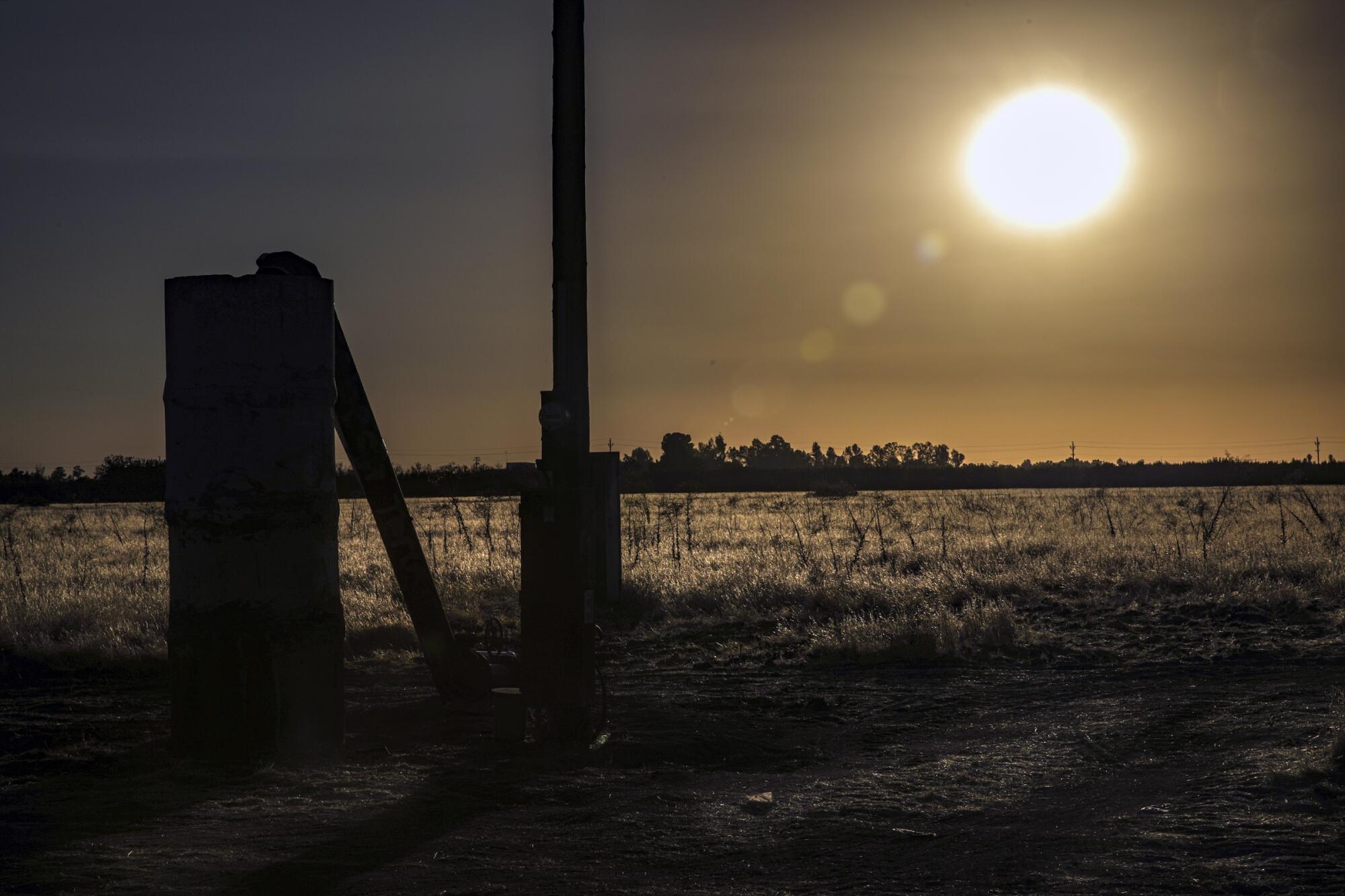
The state water board, he said, should “allow the process to work, allow us the time to work through implementing plans.
Others argue the state water board was right to put the area on probation.
“Locals have had years now to get their groundwater management plans correct,” said Nataly Escobedo Garcia, water policy coordinator for the group Leadership Counsel for Justice and Accountability.
The lawsuit is concerning because it could impede efforts to move toward solutions, Escobedo Garcia said.
“I think unfortunately this could really slow down a lot of the progress we’ve been making as a state,” she said.
California water officials backed a bill to impose restrictions on where wells can be drilled, seeking to protect drinking water sources. Lawmakers rejected it.
Researchers have warned that plans prepared by local agencies would allow water levels to decline significantly between now and 2040, potentially putting thousands of wells at risk of going dry.
Scientists have also found that crops’ water demands are growing because of rising temperatures driven by climate change, which is contributing to declines in aquifer levels.
“Our aquifers are still critically overdrafted. And while 2040 sounds really far away, there is a lot of work that has to go into aquifer recovery,” Escobedo Garcia said.
She said further delays could put in jeopardy the region’s ability to truly move toward sustainability by 2040, as the law requires.
